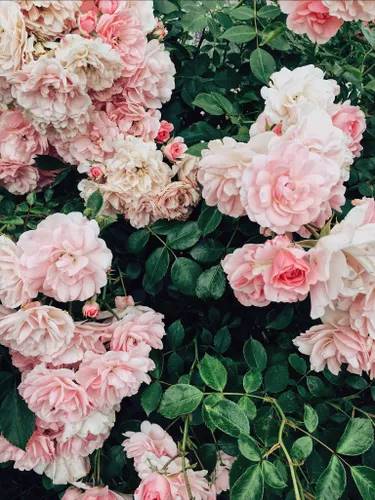
How to Use Rose Petals for Their Skin Benefits
For centuries, roses have been a symbol of love. A bouquet of roses along with a heart-shaped box of chocolates has become synonymous with Valentine's Day, no matter what you think of the holiday. Similarly, the fragrance of roses is hypnotic. Something about it is both calming and sensual. But roses aren't just pretty. The oil and water extracted from roses has numerous health benefits.1
Bulgaria, Turkey, and Morocco are among the top producers of rose essential oil in the world. Their communities have used roses in the name of beauty and self-care for centuries. Here, we'll share which roses produce water and oil along with a few recipes to try the next time you're in the mood for a DIY beauty remedy.
1 - Which Roses Produce Rose Oil and Rose WaterThere are four varieties of roses used for the production of rose oil and rose water: rosa damascena, rosa centifolia, rosa gallica, and rosa moschata. Rosa damascena is mentioned the most frequently, because it is both the most fragrant and yields the highest oil content.
Rosa damascena is said to have originated in Iran, where bottles of rose water were given as gifts and even used as tributary payments to the treasury in Baghdad. Iran is also known for its rosebud tea and Faloode, which is a cold dessert made of rice noodles mixed with semi-frozen rose water.
Advertisements
12 March 2022
Advertisements



